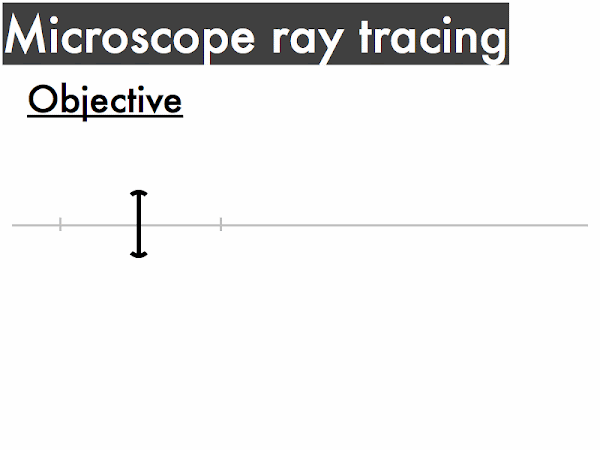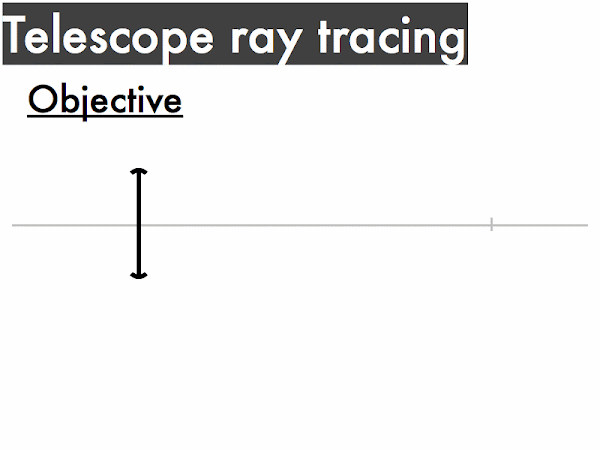Cuesta College, San Luis Obispo, CA
Students have a weekly online reading assignment (hosted by SurveyMonkey.com), where they answer questions based on reading their textbook, material covered in previous lectures, opinion questions, and/or asking (anonymous) questions or making (anonymous) comments. Full credit is given for completing the online reading assignment before next week's lecture, regardless if whether their answers are correct/incorrect. Selected results/questions/comments are addressed by the instructor at the start of the following lecture.
The following questions were asked on reading textbook chapters and previewing presentationsEarth's rotation/precession/revolution/tilt, and the moon's motions and cycles.
Selected/edited responses are given below.
Describe something you found interesting from the assigned textbook reading or presentation preview, and explain why this was personally interesting for you.
"There are some 'circumpolar' constellations that never rise or set. That makes them stand out more than the others."Describe something you found confusing from the assigned textbook reading or presentation preview, and explain why this was personally confusing for you.
"That the seasons are not caused by the variation in the distance between Earth and the sun, but by the changes in the amount of solar energy the Earth's hemispheres receive."
"It was helpful to picture precession as Earth's axis wobbling like a top, causing the 'North Star' to change over time."
"The slide with the moon going through all of its phases very interesting. It was sort of fun to quickly see the different phases and recognize them."
"That the sky appears to rotate westward, but its really an eastward rotation of Earth. I've never quite paid attention to the sky, but using the starwheel I was able to recognize how the sky changes with times with Earth's rotation."
"That certain parts of the world can't see certain constellations, for example people in Australia can't see the Big Dipper."
"Sun-sign astrology because of how the sun lines up with different astrology signs depending on what time of the year it is."
"In general, learning about astronomy is confusing for me. It is very difficult for me to picture something that is so far out of reach. I am easily becoming lost in all the motions and cycles of the stars, constellations, the sun and the moon."Ask the instructor an anonymous question, or make a comment. Selected questions/comments may be discussed in class.
"I found Earth's precession kind of hard to follow. I'm having a hard time wrapping my brain around how the 'North Star' changes over time."
"What I found confusing for me was the tilt and revolution. I don't understand when the northern hemisphere is facing away from the sun the northern hemisphere will see the sun low in the sky and it will be our winter. Does the northern hemisphere face away from the sun the entire winter?"
"What's your favorite type of beer?" (Firestone Walker Brewing Company's Velvet Merlin.)
"Will all of the material on the quiz be included on the study guides?" (Yes.)
"What direction are the constellations actually moving? I know it depends on your perspective, but which way do they actually go? Do I move the constellations clockwise in the direction of time or counterclockwise? Thanks" (If you move the starwheel in the direction of advancing clock time, this should be the same direction that moves constellations counterclockwise around Polaris.)
"Can we please have a little more practice with the starwheel as more people get their own? It was a little difficult for me sharing with everyone and didn't really get a hands-on chance." (Yes--looking at the class' responses to the homework starwheel question, we will set aside more starwheel practice questions in class.)
"As a physics professional, why did you choose to teach astronomy?" (Start with an introductory physics textbook, but pull out all of the fascinating and awe-inspiring material. All that stuff...is astronomy.)
"omg pdawg u r so legit and #SWAGGED OUT very respectable u da man." (Yeah, uh, thanks.)
"What is your astrological sign? Do you believe in it?" (In order to answer your question, I will need to consult my Mattel™ Magic 8-Ball®.)
"Why P-dog? I know it sounds cool, but did you pull it out of a hat?" (My teaching assistants at UC-Davis starting referring to me as 'P-diddle' and 'P-money,' etc. to the class, so I asked them to call me 'P-dog' (after 'O-Dog,' from the movie Menace II Society.)
"P-dog, do you have faith in humanity? Where will we go once we have depleted what is left of Earth's natural resources? Do you believe that we are in one of the most critical times in human history? Did you know that Stephen Hawking was born 300 years after Galileo's death? Time to cook dinner."





























































